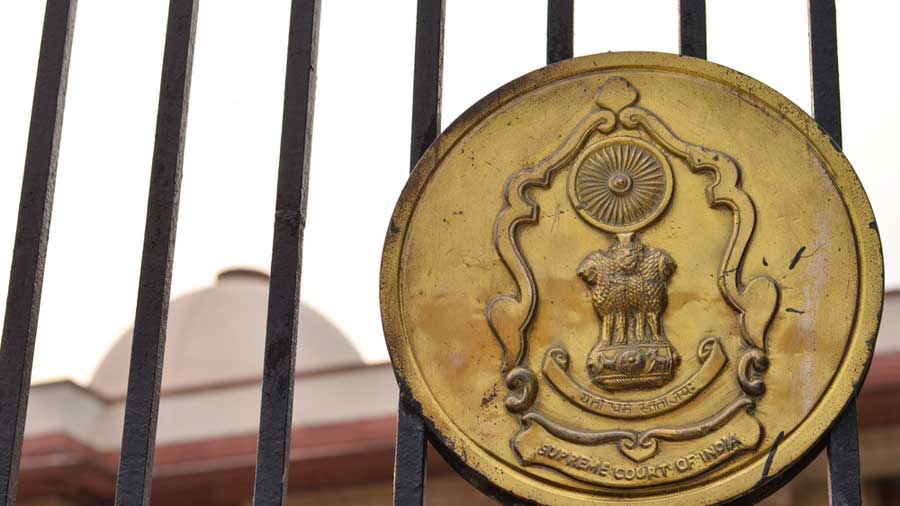The ruling party’s sniping against the collegium system of judicial appointments and transfers is constant. The latest was the peroration by the vice-president, Jagdeep Dhankhar, made with the Chief Justice of India among his listeners, criticising the Supreme Court’s rejection of the National Judicial Appointment Commission. Joining issue from another flank, Ashwini Upadhyay, a lawyer with Bharatiya Janata Party loyalties, brought a public interest litigation to the Supreme Court asking to double the number of judges in order to reduce the number of waiting cases. The PIL obscured the delay in judges’ appointments caused by the government, which has taken to sitting on names sent by the Supreme Court. This is not to say that the collegium system is innocent of either delay or opacity. But the PIL’s overt proposal of doubling the number of judges did not gain purchase with the Supreme Court either. That the court reportedly labelled the proposal populist suggested its awareness of its political impulse. The court made clear that simplistic solutions would not help reduce the pendency of cases.
One cause of delay was the unwillingness of good lawyers to become judges. The reason for it may or may not be noble, but the court reportedly asked the petitioner to do his research. This meant that it was not even possible to fill the existing vacancies, let alone additional seats. Doubling the number also suggested that quantity alone mattered. The court pointed out that judges had to be good — the issue was of quality, not of a simplistic sum. There was then the problem of infrastructure. The Bombay High Court, reportedly, would not be able to accommodate any more judges. This underscores a major problem in many courts — the lack of adequate courtrooms, or of rest areas and basic comforts. The petitioner’s populist argument brought up streamlined British and American top courts, but those do not require more judges. The Indian system, unlike in the West, can have the smallest issues go up to the top court. Neither do those courts entertain general PILs such as the petitioner’s, wasting the court’s and the public’s time. The Supreme Court’s rejection of the PIL was well-deserved, yet a solution to the problem of pendency would have to be pursued independent of the disagreements between the judiciary and the executive.











